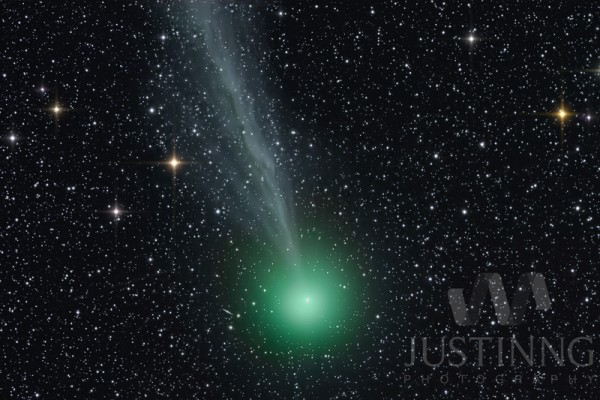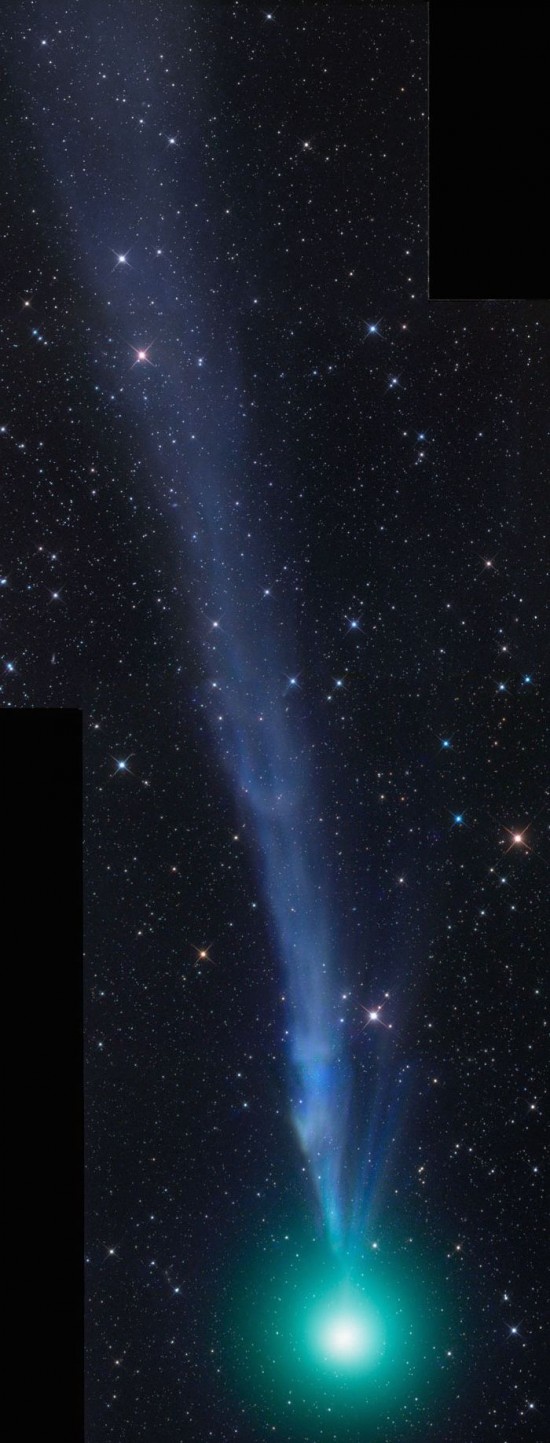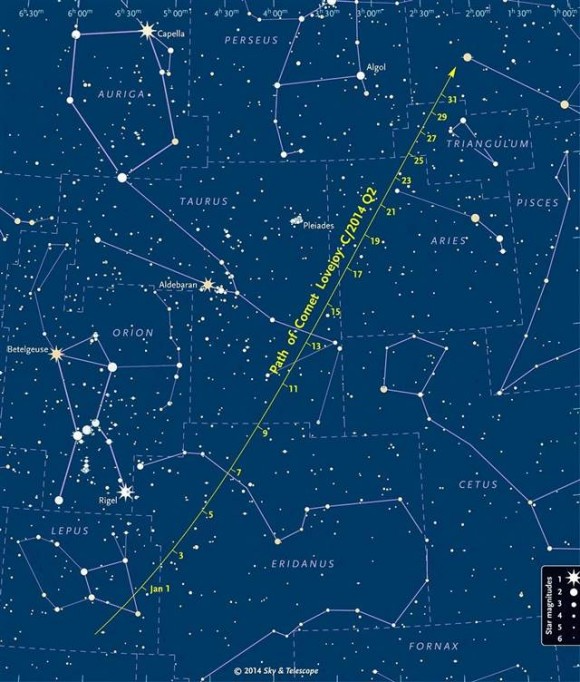A comet for Christmas: C/2014 Q2 Lovejoy

This chart comes from SkyandTelescope.com. Each tick indicates position as of 00:00 GMT (7 p.m. ET on the previous date). Don’t know which direction to look? No matter where you are, look for the three prominent Belt stars of the constellation Orion. You’ll notice them, if you look! Then star-hop from Orion to the comet. Look inside for a link to a larger, printer-friendly version of this chart.
Posted by PSRG FUN BLOG at 1/06/2015 11:03:00 AM

This chart comes from SkyandTelescope.com. Each tick indicates position as of 00:00 GMT (7 p.m. ET on the previous date). Don’t know which direction to look? No matter where you are, look for the three prominent Belt stars of the constellation Orion. You’ll notice them, if you look! Then star-hop from Orion to the comet. Look inside for a link to a larger, printer-friendly version of this chart.
The wonderful New Year’s comet – Comet C/2014 Q2 Lovejoy – is about to be at its closest to Earth and therefore (probably) brightest in our sky. Many across the globe have already seen this comet as it has brightened in recent weeks. At its closest to Earth on January 7, 2015, it’ll be 43.6 million miles away (70.2 million km). Plus, the moon is now waning, rising an hour later each evening. You’ll have a window of dark-sky viewing – from the end of twilight until moonrise – from about January 6 or 7 on.
Posted by PSRG FUN BLOG at 1/06/2015 11:03:00 AM



